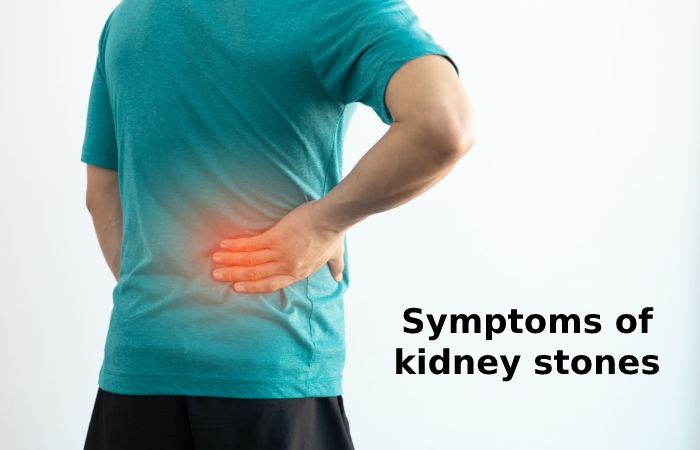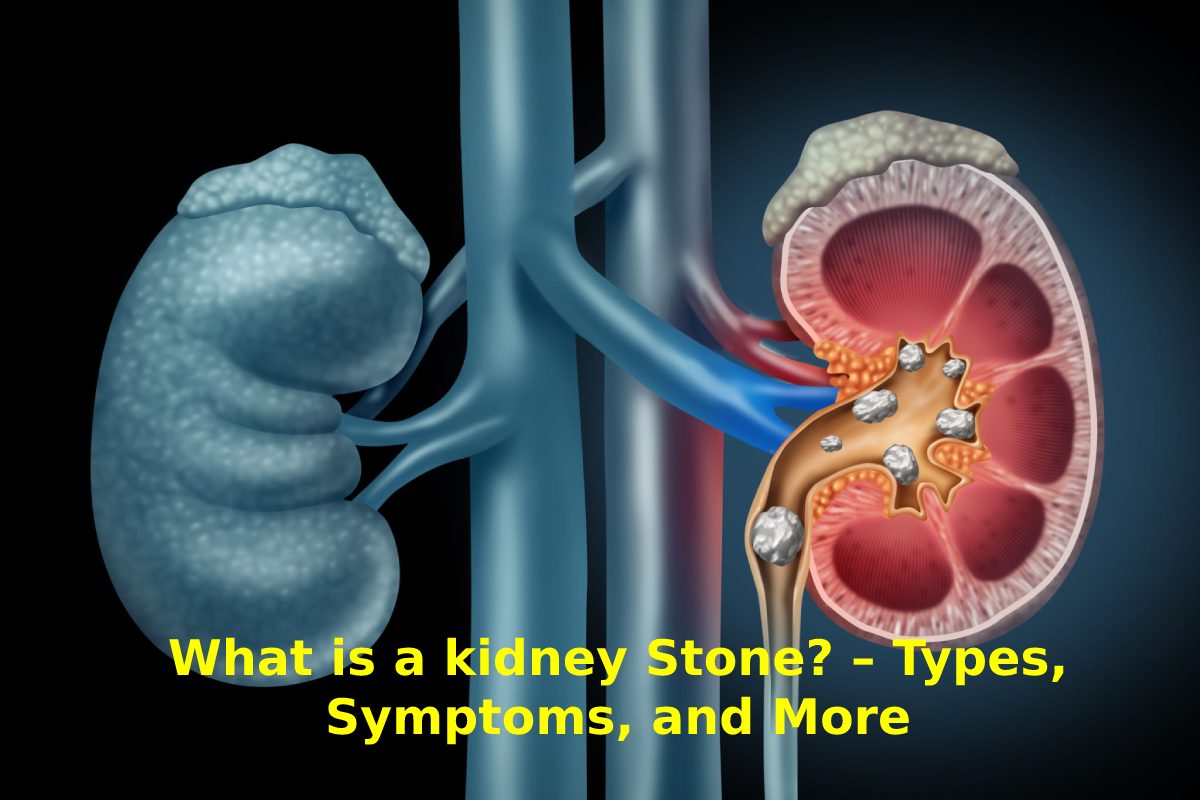Table of Contents
Introduction
A kidney stone is a complex piece made from chemicals in the urine. There are four types of kidney stones: calcium oxalate, uric acid, struvite, and cystine. A kidney stone can be treated with shock wave lithotripsy, uteroscopy, percutaneous nephrolithotomy, or nephrolithotripsy. Common symptoms include severe back pain, blood in the urine, nausea, vomiting, fever, and chills or urine that smells bad or looks cloudy.
Types of Kidney Stones
There are four main types of stones:
- Calcium oxalate: The most common form of kidney stones, formed when calcium combines with oxalate in the urine. Insufficient calcium, fluid intake, and other conditions can contribute to its formation.
- Uric Acid: This is another mutual type of kidney stone. Foods such as organ meats and shellfish contain high levels of a natural chemical compound called purines. A high intake of purines leads to increased production of monosodium urate, which, under the right conditions, can form kidney stones. The formation of these types of rocks often runs in relation.
- Struvite: These stones are less shared and are affected by upper urinary tract infections.
- Cystine: These stones are occasional and tend to run in families. What are cystine stones?
Symptoms of kidney stones

Common symptoms of kidney stones contain sharp, cramping pain in the back and also side. This feeling often transfers to the lower abdomen or groin. The pain frequently starts suddenly and comes in waves. It can arise and go as the body tries to get rid of the stone.
- other signs of a kidney stone include:
- A feeling of intense need to urinate.
- Urinating more often or a red-hot sense through urine.
- Urine that is dark or else red due to blood. Occasionally urine has only small quantities of red blood cells that can’t be realized with the naked eye.
- Sickness and vomiting.
- For men, you might feel pain at the tip of the penis
Also Read: What is Facial Cosmetic Surgery? – Treatment and More
Causes of Kidney Stones
Low Urine Volume
The main risk factor for kidney stones is persistent low urine volume. Low urine capacity may come from dehydration (loss of body fluids) from a hard workout, working or living in a hot place, or not drinking enough fluids. When urine volume is low, urine is focused and dark in color. Focused urine means there is less fluid to keep salts dissolved. Growing fluid intake will dilute the salts in your urine. By doing this, you may decrease your risk of stones forming.
Adults who form stones should drink sufficient fluid to make at least 2.5 liters (⅔ gallon) of urine daily. On regular, this will take about 3 liters (100 ounces) of fluid consumption per day. At the same time, water is likely the most OK fluid to drink; getting enough fluid matters most.
Diet
Diet can also disturb the chance of forming a stone. One of the more common reasons for calcium kidney stones is high calcium levels in the urine. Great urine calcium stages may be due to how your body handles calcium. It is not always owe to how much calcium you eat. Lowering the quantity of calcium in your diet often stops stones from forming. However, studies have presented that limiting dietary calcium can harm bone health and increase kidney stone risk. Health care suppliers usually do not tell people to restrict dietary calcium to lower urine calcium. But calcium consumption should not be too high.
Bowel Conditions
Certain bowel conditions that reason diarrhea (such as Crohn’s Disease or ulcerative colitis) or surgeries (such as gastric bypass surgery) can raise the risk of calcium oxalate kidney stones. Diarrhea may result in losing large quantities of bodily fluid, lowering urine volume. Your body may also engage excessive oxalate from the intestine, resulting in more oxalate in your urine. Both low urine capacity and high urine oxalate levels can help to reason calcium oxalate kidney stone formation.
